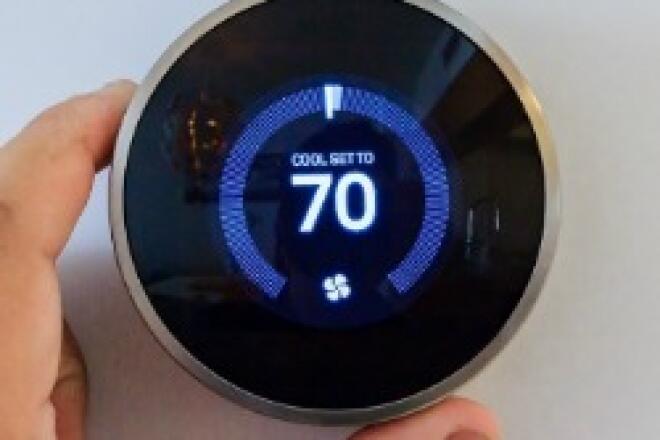
3 Helpful Tips for Understanding Your Energy Bills
If you’re interested in becoming a smarter, more empowered energy consumer, having a firm grasp on what your monthly energy bill is telling you is an ideal place to start. Your bill will have helpful information on how you’re being charged for the energy you’re using and your typical habits for using energy at home, and it can help you develop a plan for saving energy.
In this month’s blog, we look at three tips for better understanding your energy bills:
1. Check how many kilowatt-hours you typically use each month.
The kilowatt-hour (or kWh) – equal to using 1,000 watts of electricity for an hour – is the standard unit that energy companies use to calculate the energy usage on your bill. The average American home will use about 30 kWh each day, and with a traditional fixed rate, this total multiplied by your electric rate usually comprises the bulk of your bill each month.
Before making any changes to your home, routine or rate plan, it’s a good idea to get a grasp of your typical kWh usage and whether that has changed significantly over the years or whether it changes drastically with the seasons. While it’s completely normal to have variation throughout the year (due to weather and other factors that we’ll explore next), drastic changes can potentially help you diagnose issues with appliances, air leaks and more.
2. Look at the other factors that tend to cause bills to vary.
Next, let’s look at some of the factors that cause bills to vary from month to month, starting with the weather, which plays an important role in how much energy you use. The greater the difference between the outside temperature and your thermostat setting, the harder your HVAC system will have to work, and your bill may relevant data to help you understand the impact of weather on your energy costs, such as the average daily temperature compared to last month or the same month in previous years.
You should also look at the actual number of days covered on your bill as this can vary a bit (usually from 28 to 32 days) and can be an important reason for month-to-month changes in how much you owe. For example, if it usually costs about $5 per day to power your home, the difference between a 28-day billing cycle on last month’s bill and 32-day cycle this time would be $20 – independent of anything you’ve done or any changes in the weather.
3. See what rate plan you’re currently on and whether you have options.
Finally, your energy bill can help you understand your current rate plan and, potentially, whether you have any other options available to you. As mentioned above, the traditional fixed rate charges you the same price per kWh regardless of the time of day, and your monthly bill will mostly be your total kWh usage multiplied by a fixed price, such as 15 cents, resulting in the amount due (though most people also have fixed charges to recover the costs of delivering electricity to your home).
However, there are lots of other options today, and your bill may contain helpful information on the other rate plans that could be a better fit for your needs. For example, a time-of-use (TOU) rate could provide you with a lower per-kWh cost if you lower your energy usage between the peak hours, usually around 3 p.m. to 8 p.m. And some energy companies even offer a subscription rate where you pay a fixed amount – like $130 – each month regardless of usage.
The energy bill is the gateway to becoming a smarter energy consumer and meeting your household’s energy goals, whether that’s lowering your bills or using more renewable energy. Grab your bill and make sure you understand the information included. If you have questions, want to adjust your current rate plan or sign up for a new program, contact your energy company directly for assistance.
To discover the questions you should ask about your energy bill to become a smarter energy consumer, view our latest fact sheet here.



